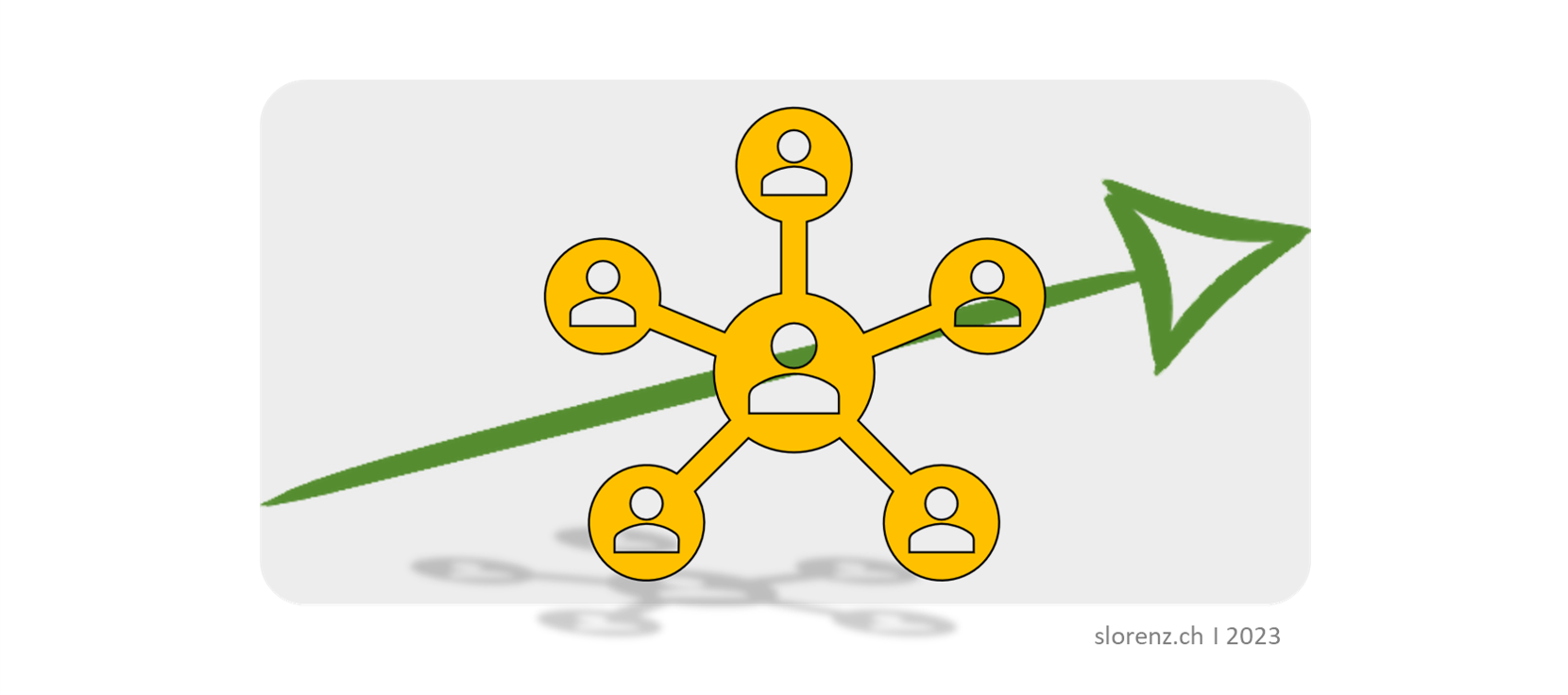I am very concerned about this question and have given it some thoughts…
A prolonged economic crisis can be a challenge for any company, but through effective leadership and the use of agile methods, a solution can be found. Here are some ideas that might help you:
👉 Identify the cause of the crisis: You need to identify the cause of the crisis in order to address it effectively. Is it an industry-wide crisis? Or are there internal problems within the company?
👉 Create a crisis team: you should assemble a team of qualified managers and experts to deal with the crisis. This team should have the ability to act quickly and make the necessary decisions.
👉 Develop a plan: After identifying the cause of the crisis and the team, you need to develop a plan to manage the crisis. This plan should be based on agile methods and be designed to react quickly and flexibly to changing circumstances.
👉 Communication: Open and honest communication with staff and other stakeholders is crucial to keep everyone on track and ensure that everyone knows what is expected of them.
👉 Focus on agility: Using agile methods such as Scrum, Kanban or Lean can help you respond to change more quickly and effectively. These methods allow your organisation to learn quickly and make faster decisions.
👉 Experiment and learn: In a crisis, it is important to try new approaches and learn what works and what doesn’t. This can be achieved by using agile methods such as prototyping and testing (=> design thinking).
👉 Adaptation: It is important to constantly adapt the plan (=> Reviews) to ensure that it remains effective and meets changing circumstances.
Agile methods can also be a valuable complement to traditional risk management approaches as they offer a flexible and iterative approach that allows companies to react quickly to changes. This can be used as an early warning system to avoid a corporate economic crisis in particular. Here are some ways agile methods can be integrated into risk management:
👉 Identification of risks: Agile methods can help to detect and identify risks at an early stage. Using agile techniques such as retrospectives and reviews can help uncover potential risks and respond to them more quickly.
👉 Assessing risks: Assessing risks can also be done in an agile way. Using agile estimation techniques such as planning poker or t-shirt sizing can help assess risks quickly and effectively.
👉 Risk management: Agile methods enable organisations to respond quickly to change and develop solutions to minimise or eliminate potential risks. Using agile practices such as the Kanban board or Scrum retrospective can help make risk management more effective and efficient.
👉 Monitoring risks: Agile methods can also help to continuously monitor and assess risks. By using agile techniques such as the Daily Scrum or the Sprint Review, organisations can quickly identify and respond to risks to minimise any potential impact.
👉 Documenting risks: Agile methods can also help to document risks effectively. By using agile tools such as Jira or Trello, organisations can manage and track risks to ensure they are being addressed appropriately.
💡 By integrating agile methods into risk management, companies can more effectively identify, assess, manage, monitor and document risks. This allows them to respond more quickly and effectively to change and minimise or eliminate potential risks.
❗️ Prerequisite for being able to work with agile methods:
✔ Culture: An agile way of working requires a culture of trust, openness and collaboration. Employees should be willing to take responsibility and actively participate in improving processes and workflows.
✔ Leadership: Successful implementation of agile methods requires supportive leadership. Leaders should be willing to hand over responsibility and support staff in implementing agile methods.
✔ Teamwork: Agile methods require close cooperation within the team. Employees should be willing to share their knowledge and skills and support each other.
✔ Flexibility: Agile methods require a flexible approach. Employees should be ready to adapt quickly to changes and adjust their way of working accordingly.
✔ Communication: Open and transparent communication is crucial for successful implementation of agile methods. Employees should be able to freely express their thoughts and ideas and actively participate in discussions.
✔ Infrastructure: Agile methods require an appropriate infrastructure to be used effectively. This includes the use of appropriate tools and the establishment of suitable workspaces.
💡 These ideas provide you with a reference point through which you can identify an economic crisis at an early stage and act accordingly, as well as manage the crisis situation and put your company on the road to recovery.
How do you deal with ongoing economic business crises?
Looking forward to your feedback & best regards
Stephan





